Bound by Two Homes blends Iranian cultural iconography with quintessentially British spaces to dissect identity
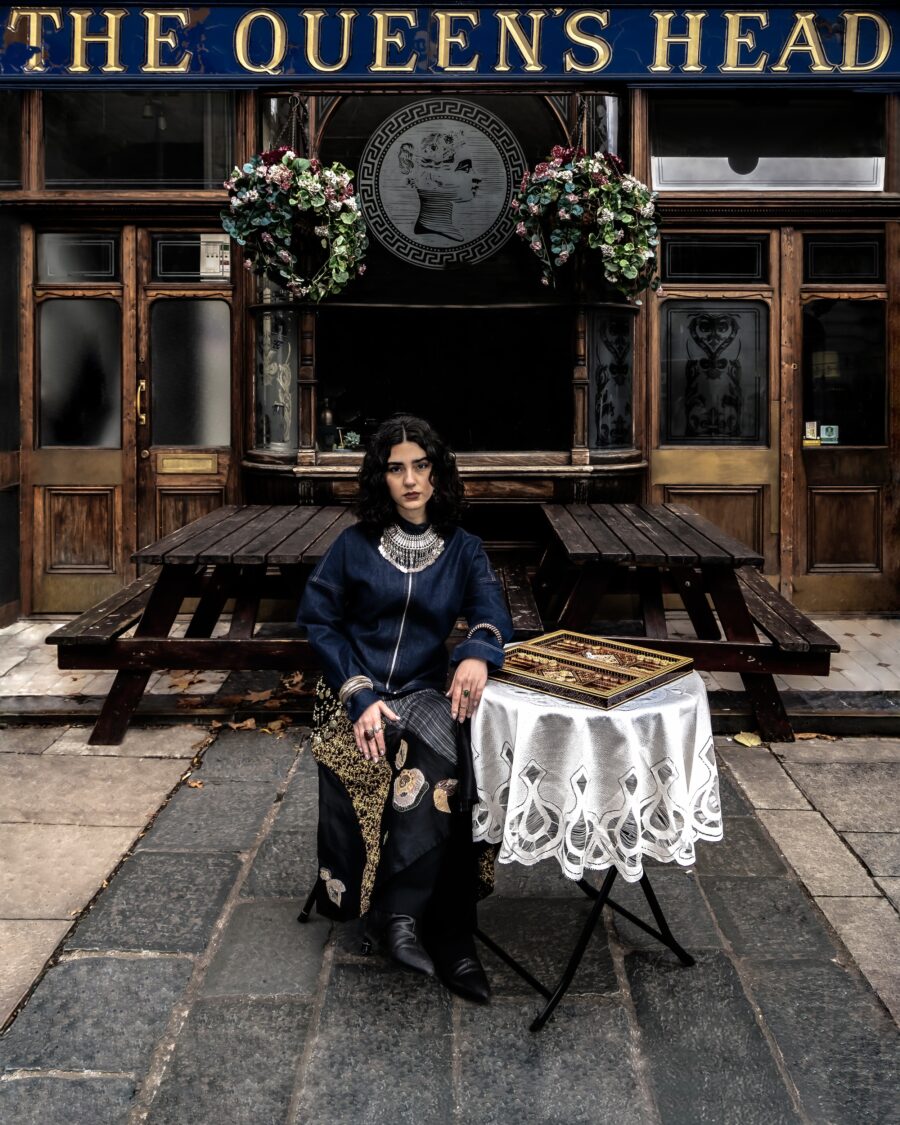

Bound by Two Homes blends Iranian cultural iconography with quintessentially British spaces to dissect identity
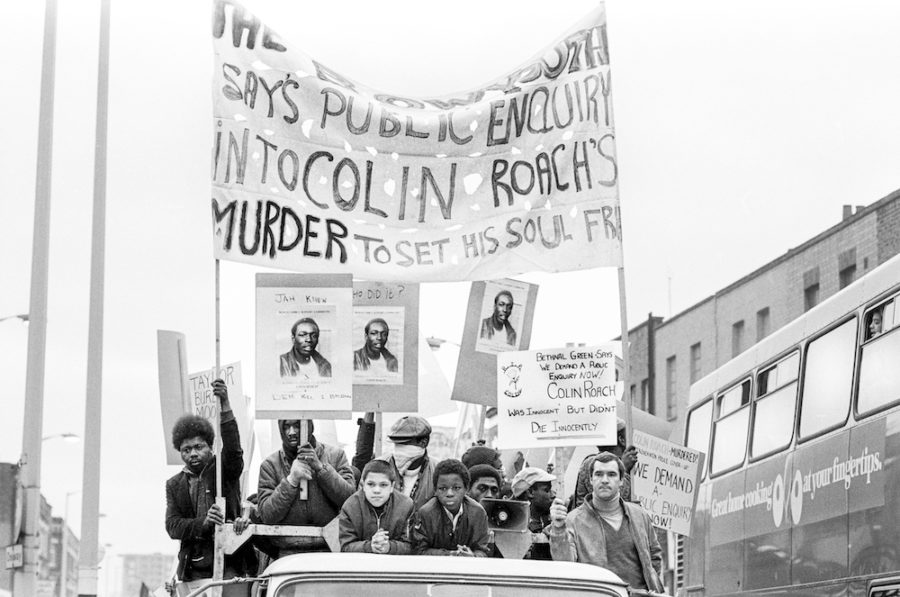
“In the 1980s, Hackney was a very poor place,” says local photographer Neil Martinson, “but there were no food banks”
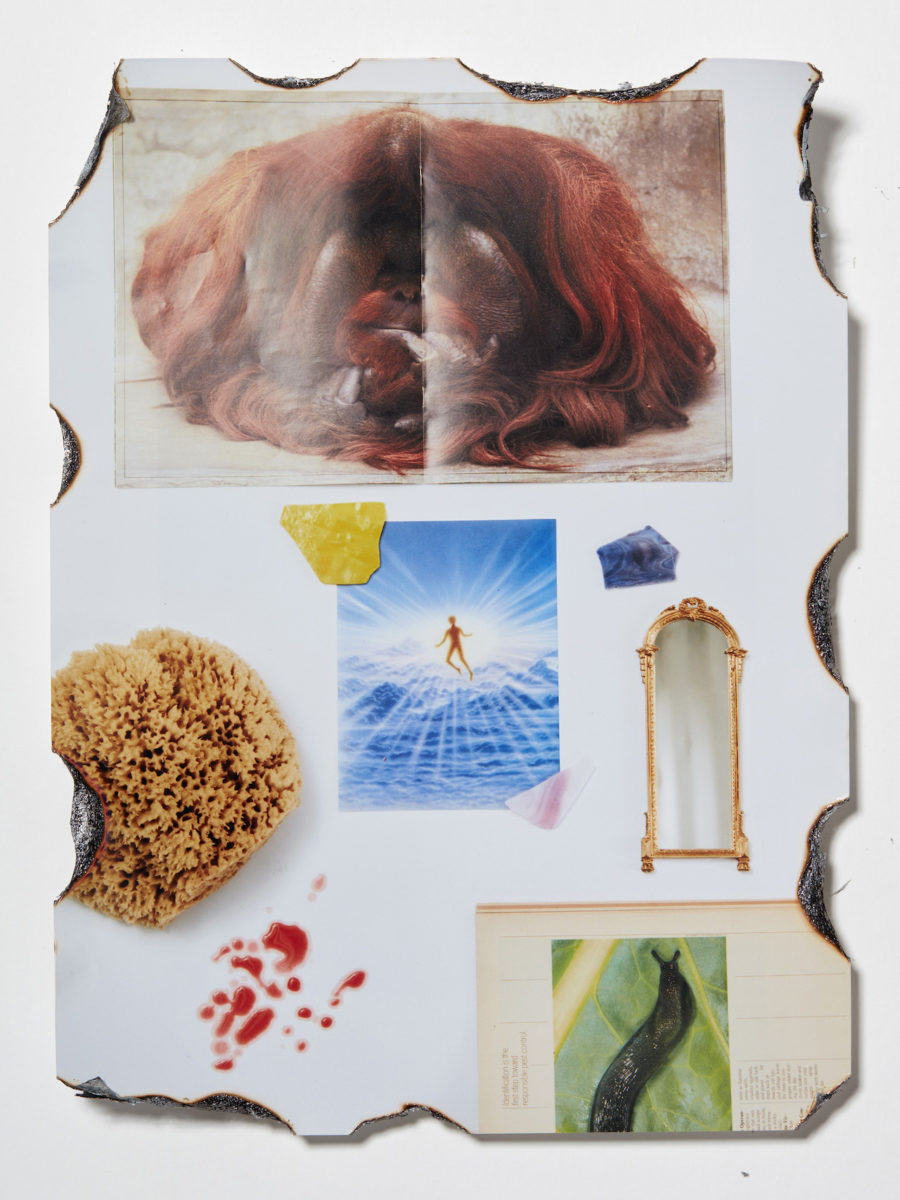
Set up by photographic agency East in 2019, the Dalston space has shown work by rostered artists as well as third-party exhibitors. As Geeting’s The Marble opens this Friday, we find out more about the gallery and its ethos
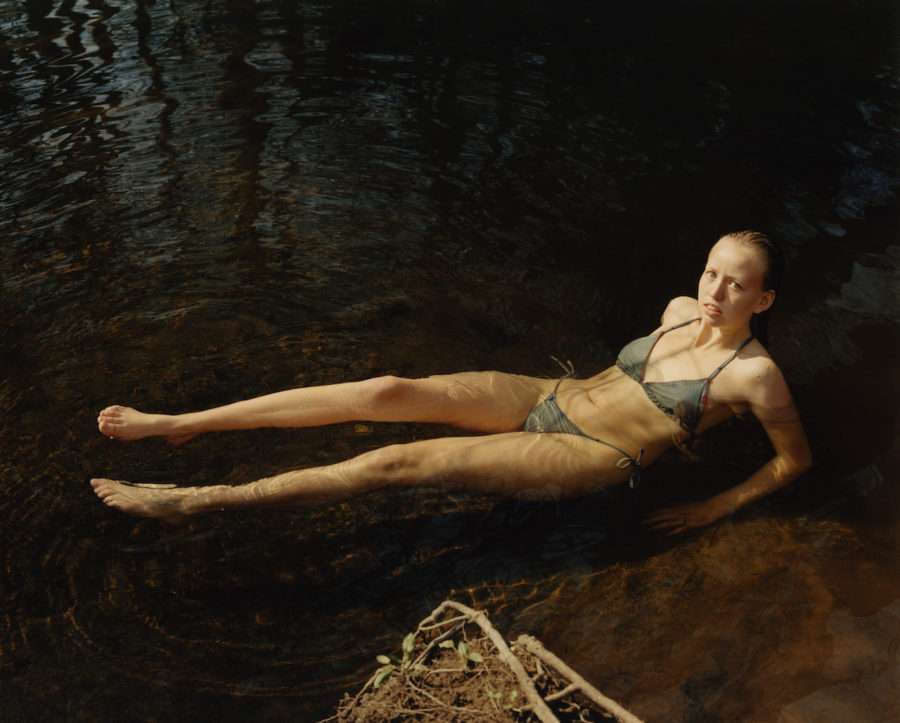
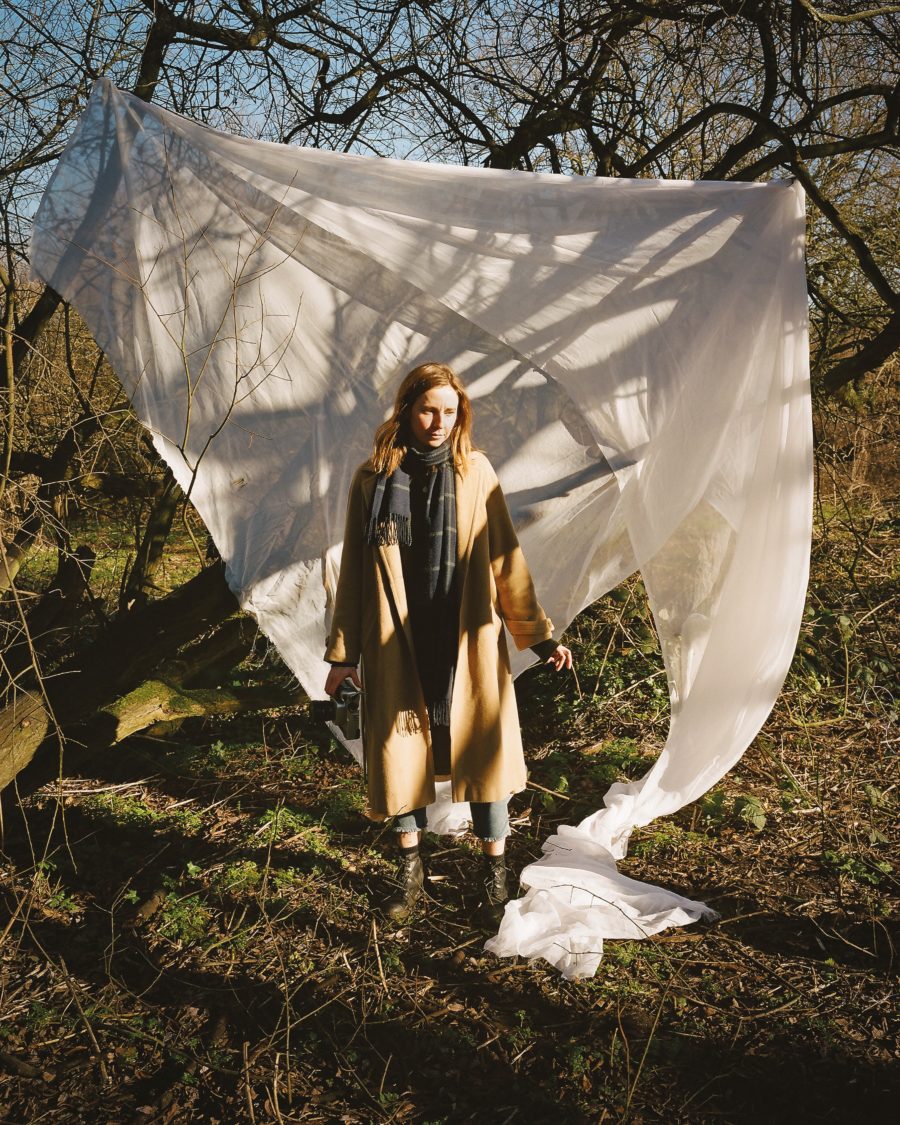
The London-based photographer walks us through her creative process, moving between her Tottenham studio space and the nature that surrounds it
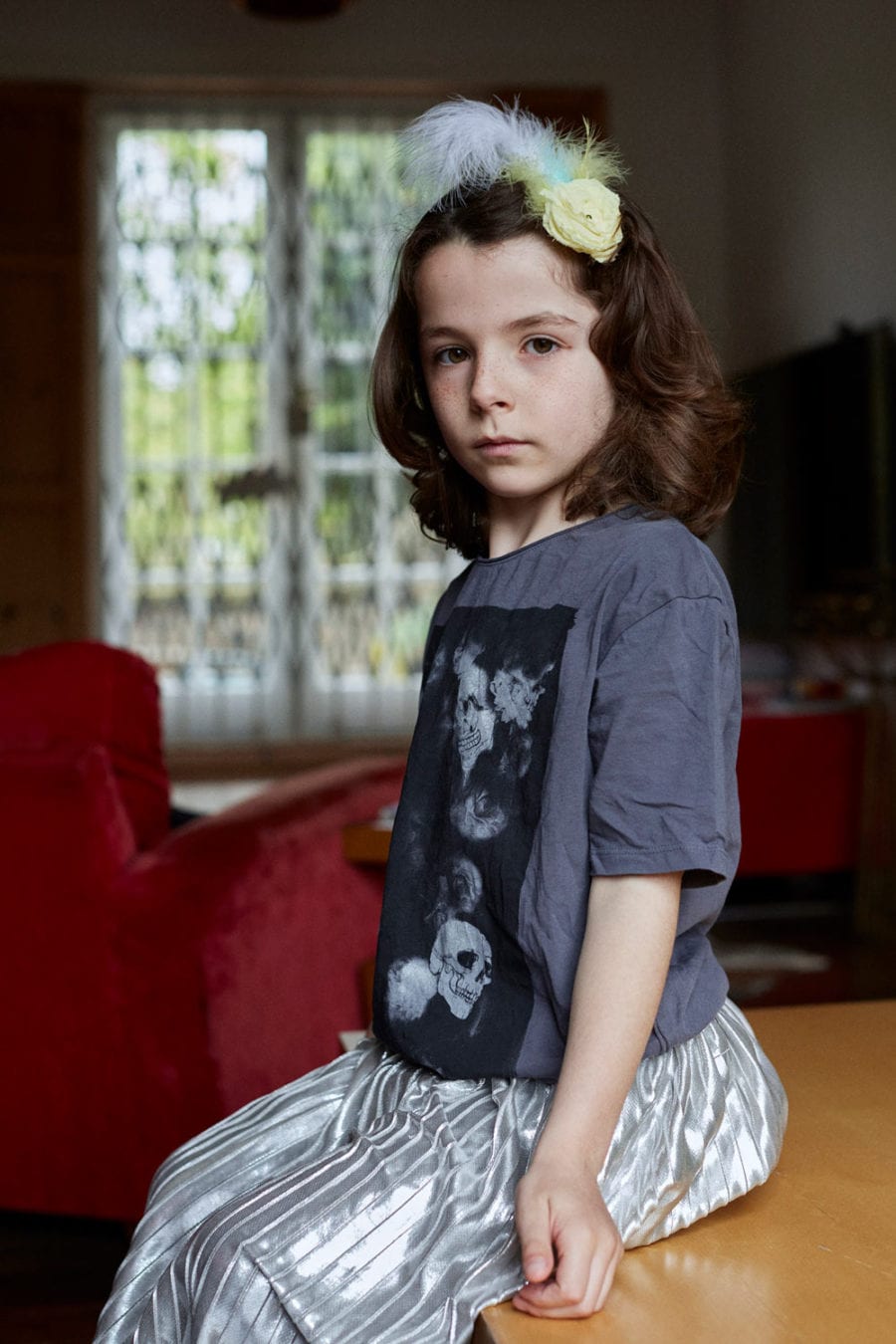
Beginning with a newborn and ending with a 100-year-old, Lewis captures a portrait of diversity and charm in the East London borough
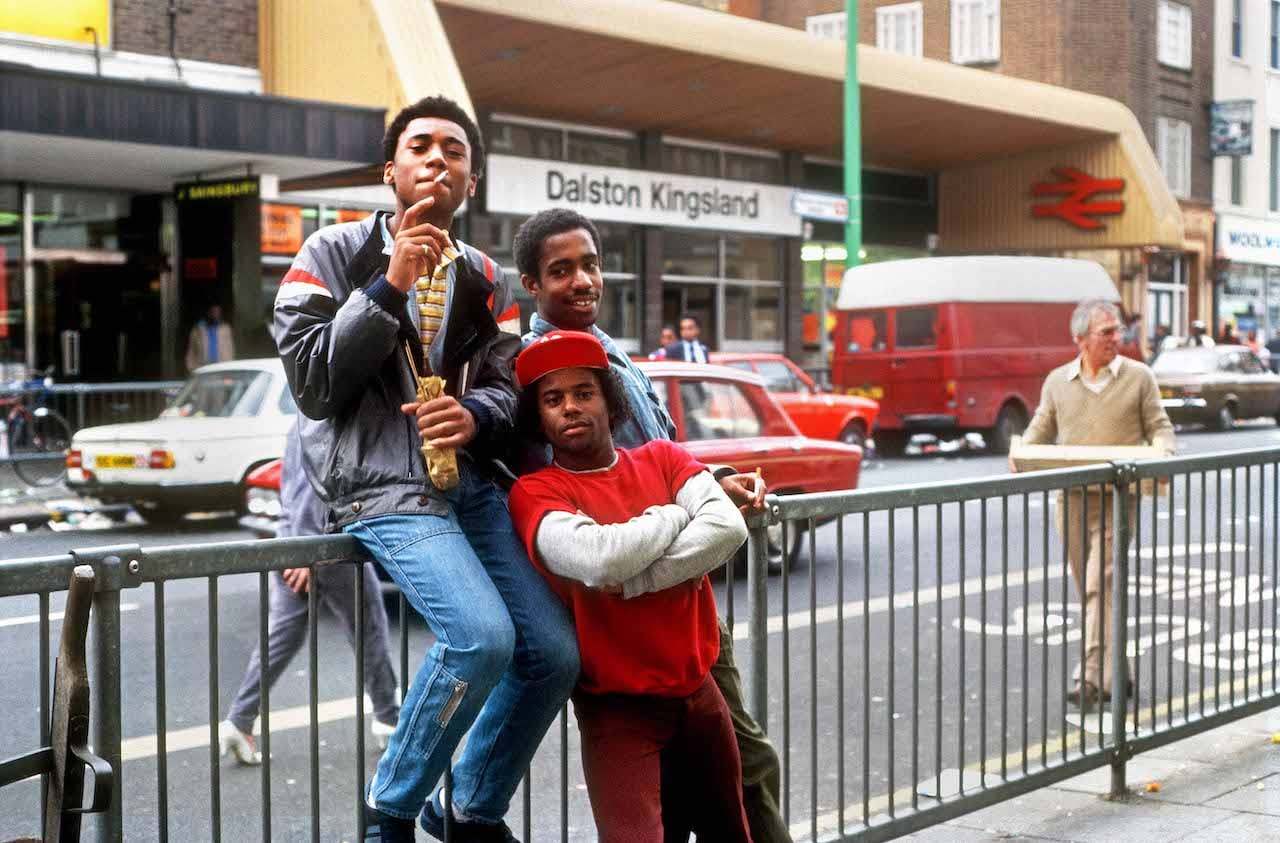
Discovered in the basement of the Rio cinema in 2016, an archive of 12,000 images made by an initiative for unemployed people, provides a portrait of everyday life, shot from within the community
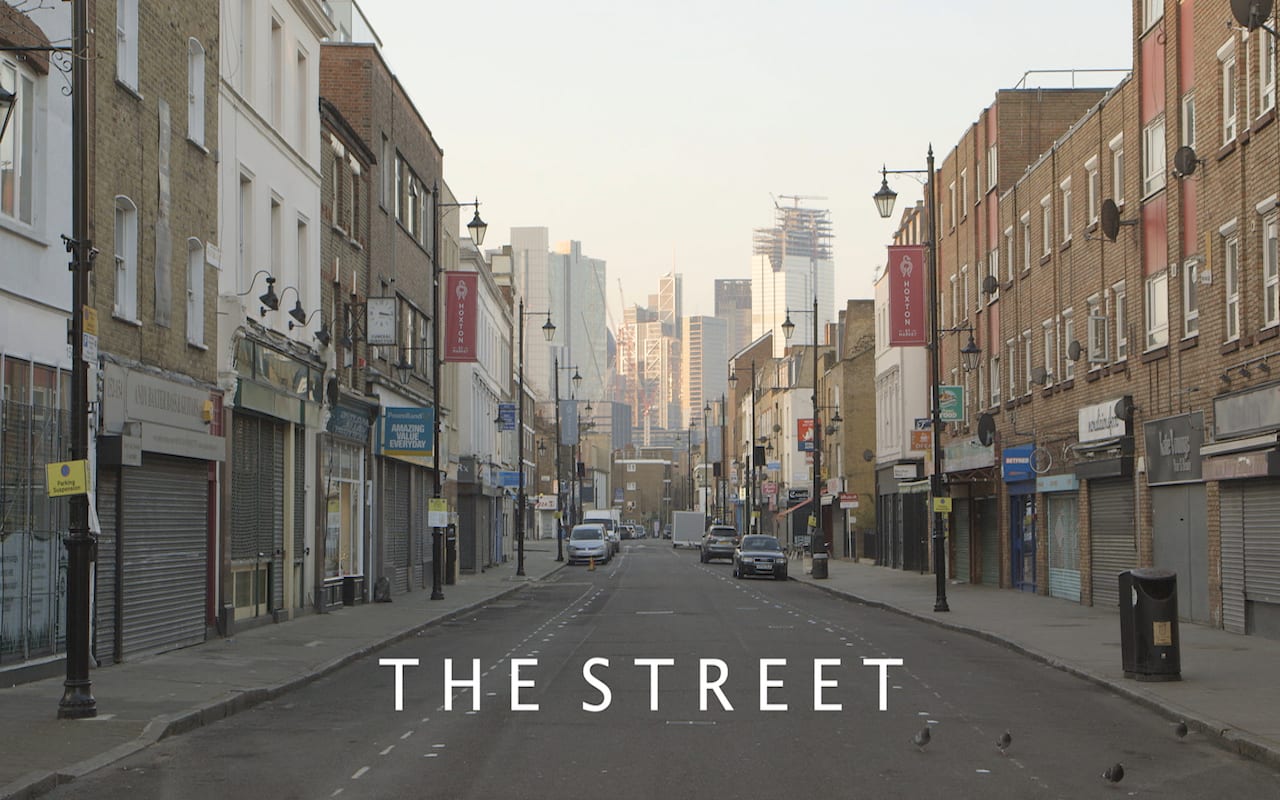
Shot over four years, Nelson’s new documentary hones in on a single street in Hackney, where 150-year-old eateries meet hipster coffee joints and £2m penthouse flats
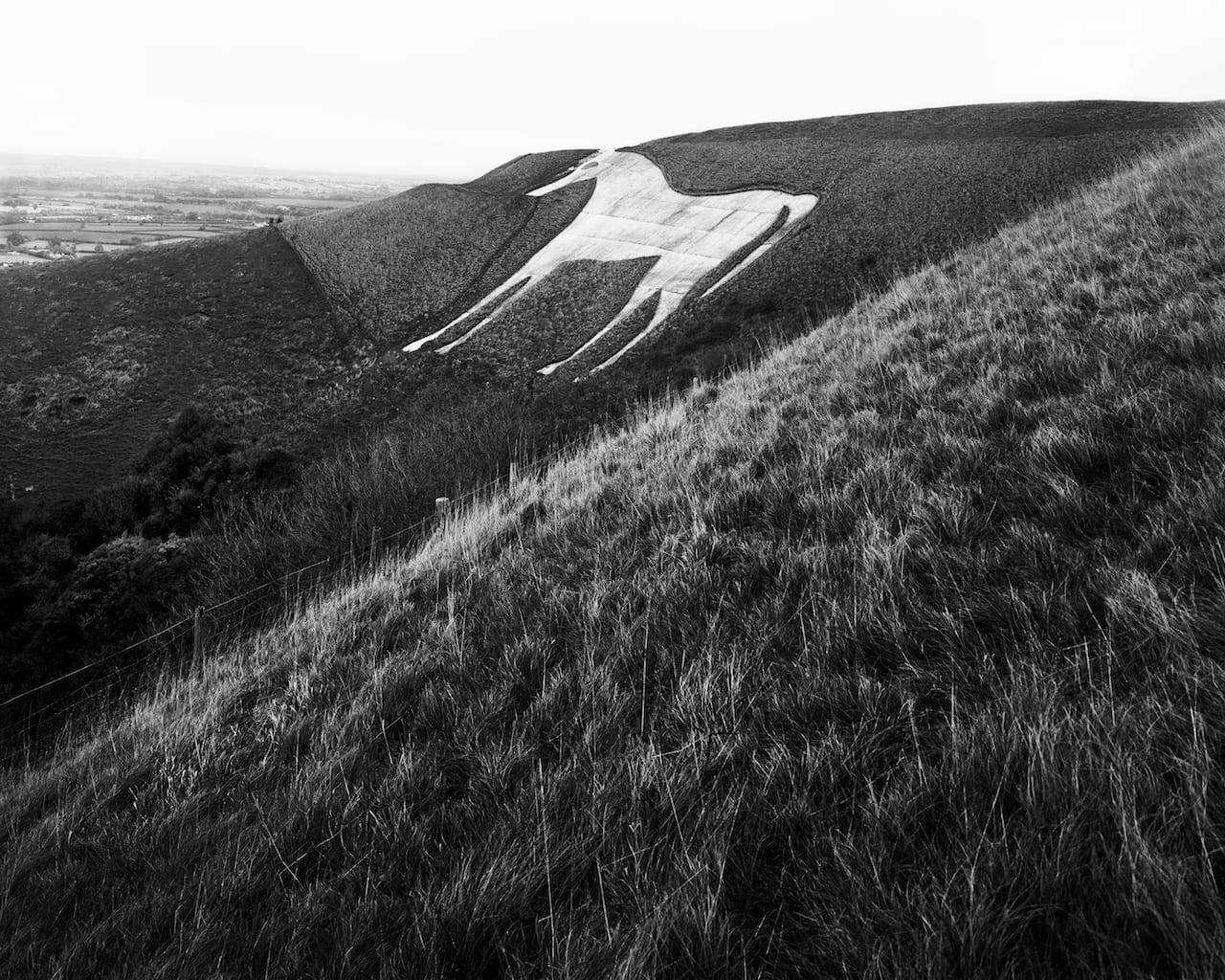
Tom Hunter’s best-known shot shows a young woman in a squat reading a possession order; taken in Hunter’s home in the 1990s, the portrait’s colour and composition evoke Vermeer’s A Girl Reading At An Open Window. His new series, Figures in a Landscape, is a similar combination of personal and the cultural, which takes the viewer “through a world imbued with myths and legends”.
Starting in Dorset, in the village where Hunter grew up, the series tracks past standing stones and megalithic chalk figures in the countryside and the dinosaurs in London’s Crystal Palace park, and ends up in Hackney, Hunter’s base for the last 20 years, and once home to Lugus, the Celtic god of the River Lea. The last shot was taken at Winterville where, says Hunter “the mid-winter solstice pagan festival becomes distorted in an Olympian mountain top landscape. Here ancient and contemporary narratives clash and shatter into a dystopian consumerist nightmare”.